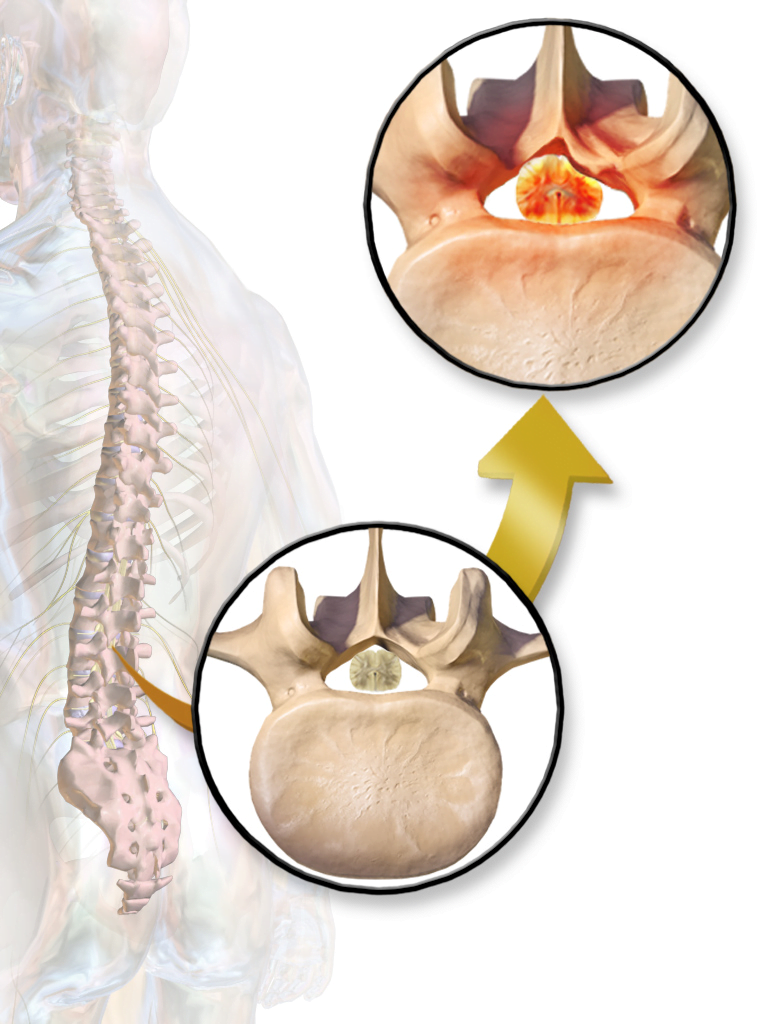The medical world is now continuously evolving, given the many possibilities technology offered to this industry. Correlated with the excellent skills of surgeons, the new medical techniques will save lots of life in the near future. One of the procedures that impressed the world is the spinal stenosis surgery. Spinal stenosis is the cause of a visible narrowing of the spinal canal. The nerve root canal is thus forced to narrow at the same time. This happens through the entire extension of the facet joints.
Most elderly persons suffer from spinal stenosis as a side effect of osteoarthritis or simply from aging. Because the canals are narrowed, nerves no longer work as they should and patients start noticing pain, cramps, numbness, weakness in different locations of their bodies. Facet joints become enlarged and the ligaments stretch. There’s a change of excessive bone growth around the canal. Due to the latest innovations in the medical field, spinal stenosis can be removed through surgery, reason why it is considered a breakthrough procedure. Here are more facts about the spinal stenosis surgery:
Causes
As people get older, bones are the ones that suffer the most. Being part of the natural aging process, the bone damage is the most common cause of spinal stenosis. Bone mass is reduced; thus, osteophytes tend to develop. When facet joints are overworked, and a lot of pressure is applied to them, they increase in size. The bigger a facet joint gets; the less space is available for the spinal nerve.
This results in a visible narrowing of the canals. Certain degenerative diseases can have spinal stenosis as a side effect. Spondylosis, traumatic injuries, fractures, dislocations and other conditions eventually lead to spinal stenosis. This issue affects both men and women, usually aged between 50 and 70. Young people can be born with a narrow spinal canal that needs immediate surgery.
Diagnosis
As for diagnosis, the first symptom that should make a patient see a doctor is a pain. A doctor is the only person who can assess the symptoms and understand what conditions determine spinal stenosis. The doctor might request imaging studies: X-rays, MRIs, CTs, Doppler ultrasounds and so on.
Treatment
In the past, there was no specific treatment for spinal stenosis. As medicine evolved, certain medication along with surgery can successfully treat spinal stenosis or at least reduce its unpleasant effects. NSAIDs and analgesics are recommended to relieve pain and reduce inflammation. Long-term use of such pills can have a negative impact on a patient’s body (such as gastric ulcers or kidney affections). Epidural steroid injections have temporary results and work on half of the patients. The same goes for facet injections.
Through a spinal stenosis surgery, a patient can get rid of the troubling effects of the disease. The purpose of the surgery is to decompress the spine and remove any excessive bone development in the area. The patient will be under general anaesthesia and the surgery is minimally invasive.




